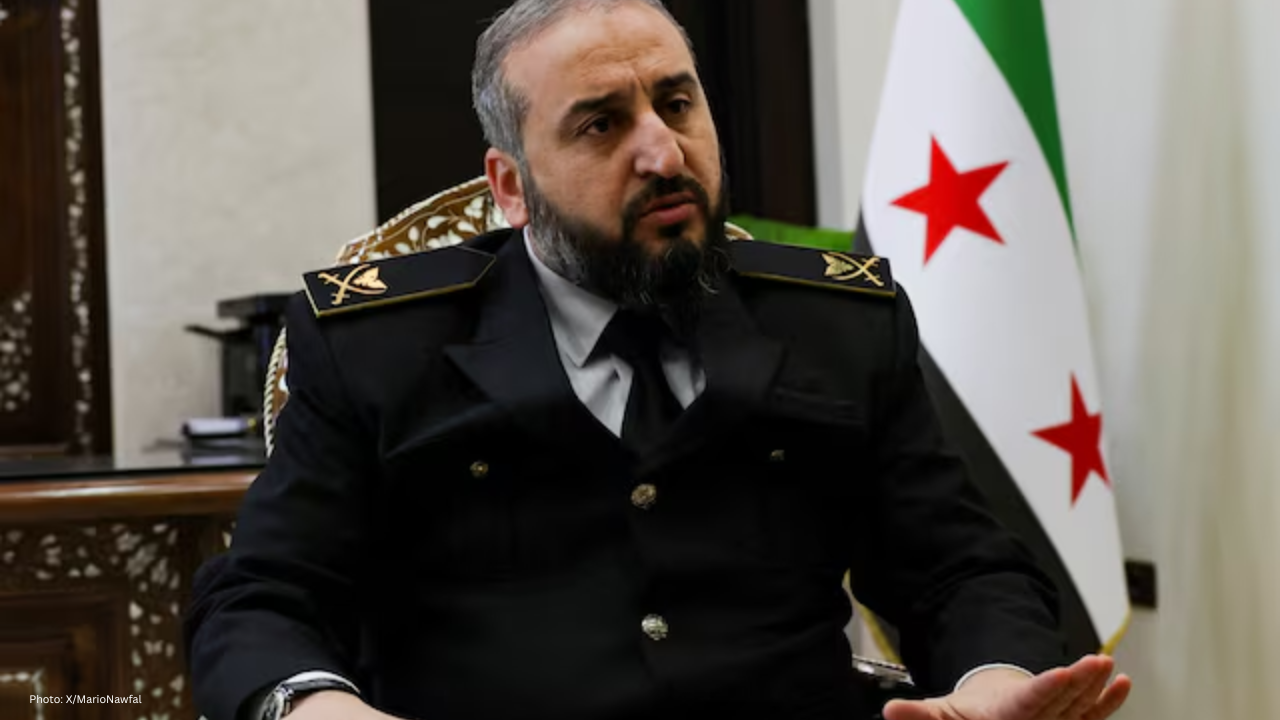
Post by : Naveen Mittal
In a development that surprised many observers, Syrian Defence Minister Murhaf Abu Qasra and Mazloum Abdi, the commander of the Kurdish-led Syrian Democratic Forces (SDF), have formally agreed to a comprehensive, immediate ceasefire across northern and northeastern Syria. According to the Syrian defence ministry, the truce takes effect “on all fronts and deployment positions.”
This agreement comes amid a renewed outbreak of clashes that threatened to unravel a landmark deal struck in March, under which the SDF and Kurdish regional bodies were to be integrated into Syria’s state institutions. The new ceasefire aims to stabilize regions long torn by conflict and preserve a fragile political accord that many view as vital to Syria’s future.
Syria has remained divided since the civil war began in 2011, with multiple factions controlling different territories. Over the years, the SDF established a semi-autonomous administration in the northeast, controlling oilfields, border crossings, and local governance systems.
In March 2025, a breakthrough agreement between Damascus and Kurdish authorities promised to end years of division. The deal outlined:
Integration of SDF forces into the Syrian national army
Central government control over borders and oilfields
Constitutional recognition of Kurdish cultural and political rights
A nationwide ceasefire and unified state framework
However, mistrust persisted. Sporadic clashes in Aleppo’s Kurdish neighborhoods — particularly Sheikh Maqsoud and Ashrafieh — reignited old tensions, threatening to derail the integration plan that had been hailed as a step toward national unity.
The ceasefire brings an abrupt halt to days of intense clashes. It preserves the March agreement and restores hope for reconciliation between Damascus and Kurdish leaders. Civilians, long trapped in crossfire zones, have welcomed the truce with cautious optimism. Aid agencies also report improved access for medical and food assistance to affected communities.
Despite the progress, challenges remain formidable. Years of distrust between the SDF and Syrian army cannot be erased overnight. Integrating SDF fighters into the national command structure will test both political and military discipline. Disputes over who controls the region’s oilfields, checkpoints, and governance structures are far from resolved.
Adding to the tension is Turkey, which views the SDF as a security threat. Ankara has repeatedly warned it will not tolerate any Kurdish autonomy near its border. This external pressure could complicate implementation of the ceasefire and destabilize northern Syria once again.
Officials in Damascus called the truce “a national necessity” and urged all factions to abide by its terms. Kurdish representatives, while welcoming the ceasefire, emphasized that their goal remains “a democratic, decentralized Syria where all ethnic groups have equal rights.”
Residents in Aleppo expressed relief after days of bombardment, describing the silence that followed the ceasefire as “the sound of hope.” Yet many remain skeptical, recalling numerous failed truces in Syria’s past.
Regional actors have responded with guarded approval. Russia and Iran, key backers of the Assad government, view the ceasefire as a stabilizing move. The United States, which has supported Kurdish forces in the past, called for restraint and urged both sides to focus on political dialogue.
Monitoring and Verification: Neutral observers and local committees will oversee the implementation of the truce, ensuring both sides respect the ceasefire terms.
Integration Process: The next phase involves merging SDF and Syrian army units under one unified command — a complex and sensitive operation.
Reconstruction & Aid: Humanitarian organizations are preparing to resume operations in previously inaccessible areas, prioritizing healthcare, schooling, and housing.
Political Dialogue: Damascus and Kurdish leaders are expected to meet again to draft a constitutional framework guaranteeing autonomy while maintaining national sovereignty.
If implemented successfully, this ceasefire could mark the beginning of Syria’s slow but vital journey toward national reconciliation and reconstruction.
This article is based on verified news reports and publicly available information as of October 2025. It is intended purely for informational and analytical purposes. The views expressed do not represent any political stance or endorsement. Readers are encouraged to follow updates from official international sources and credible news outlets for the latest developments.
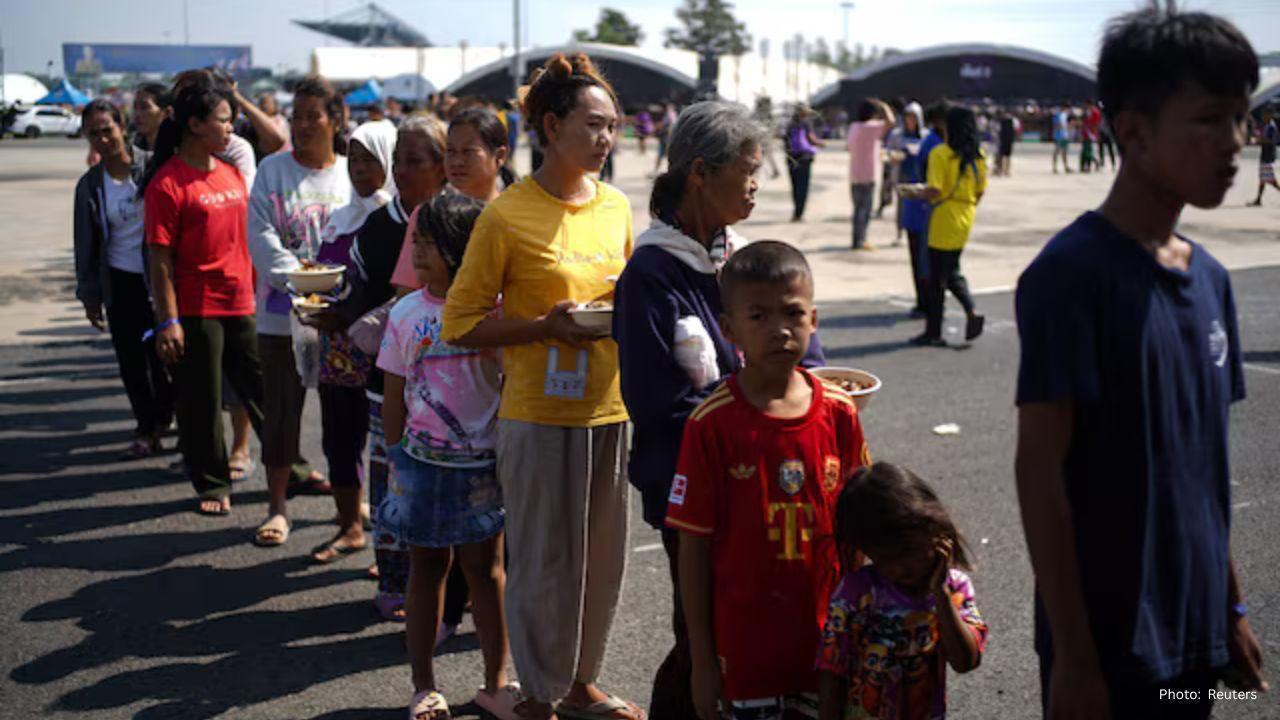
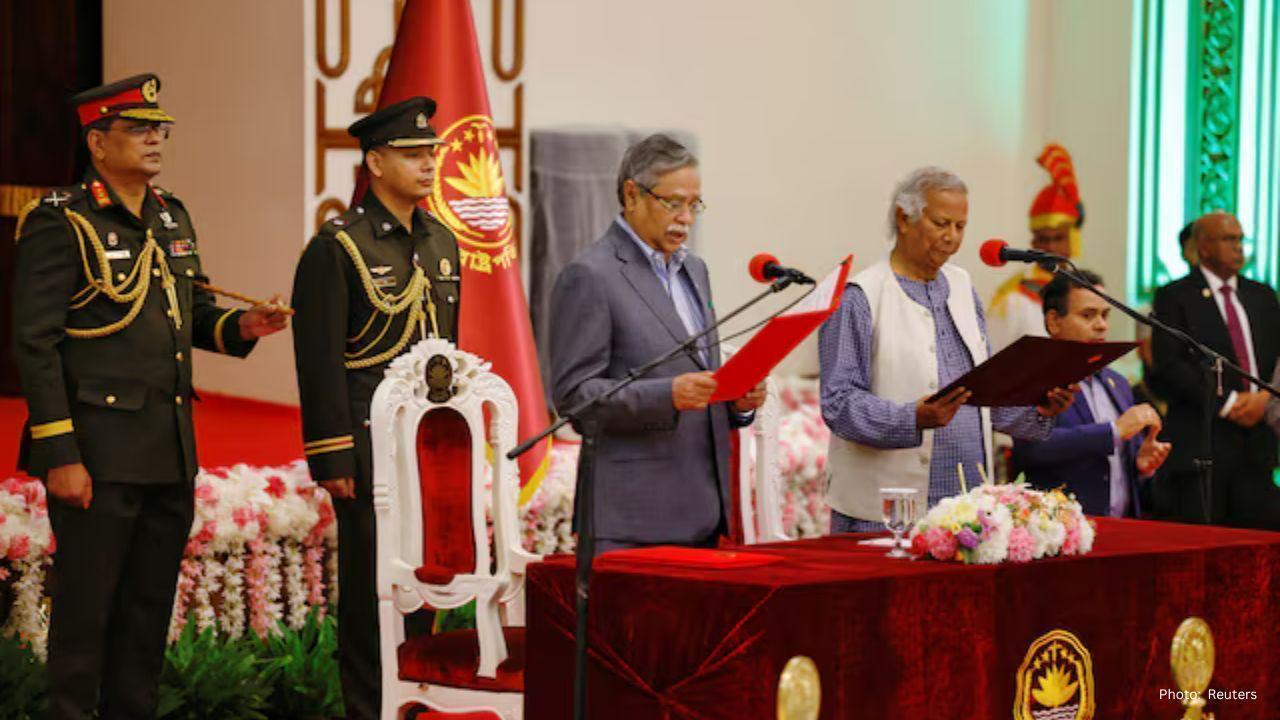
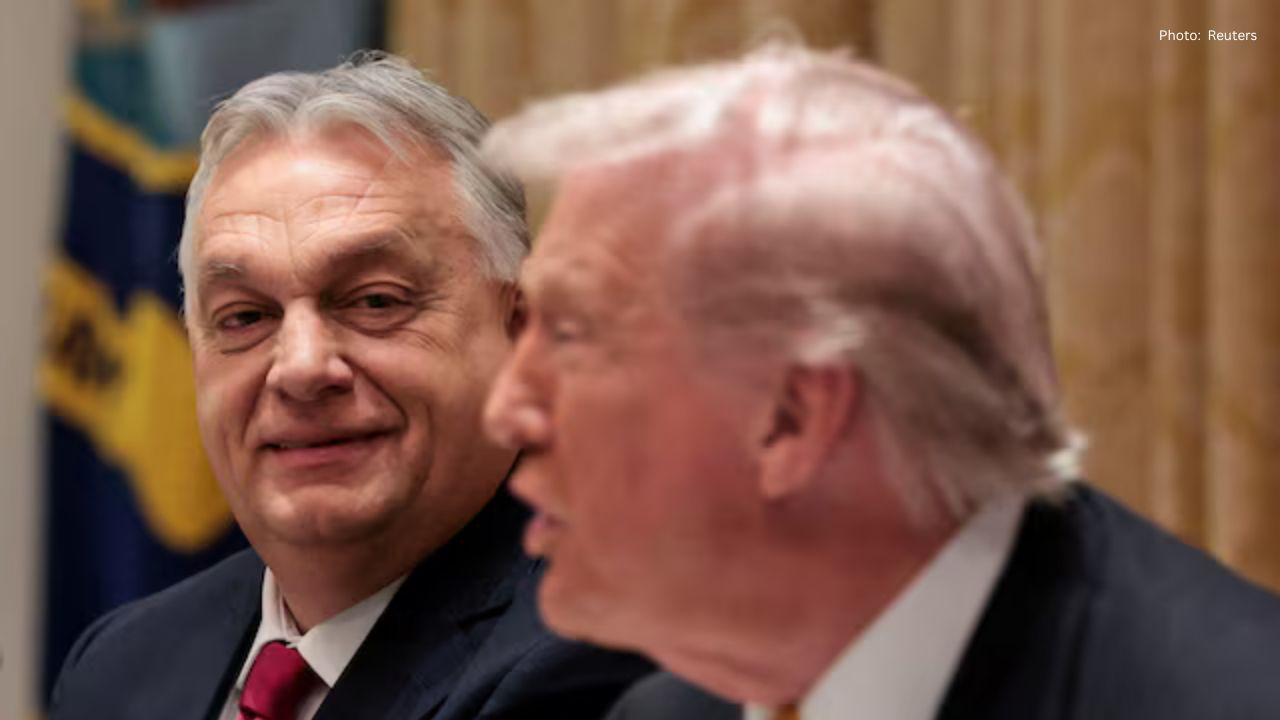
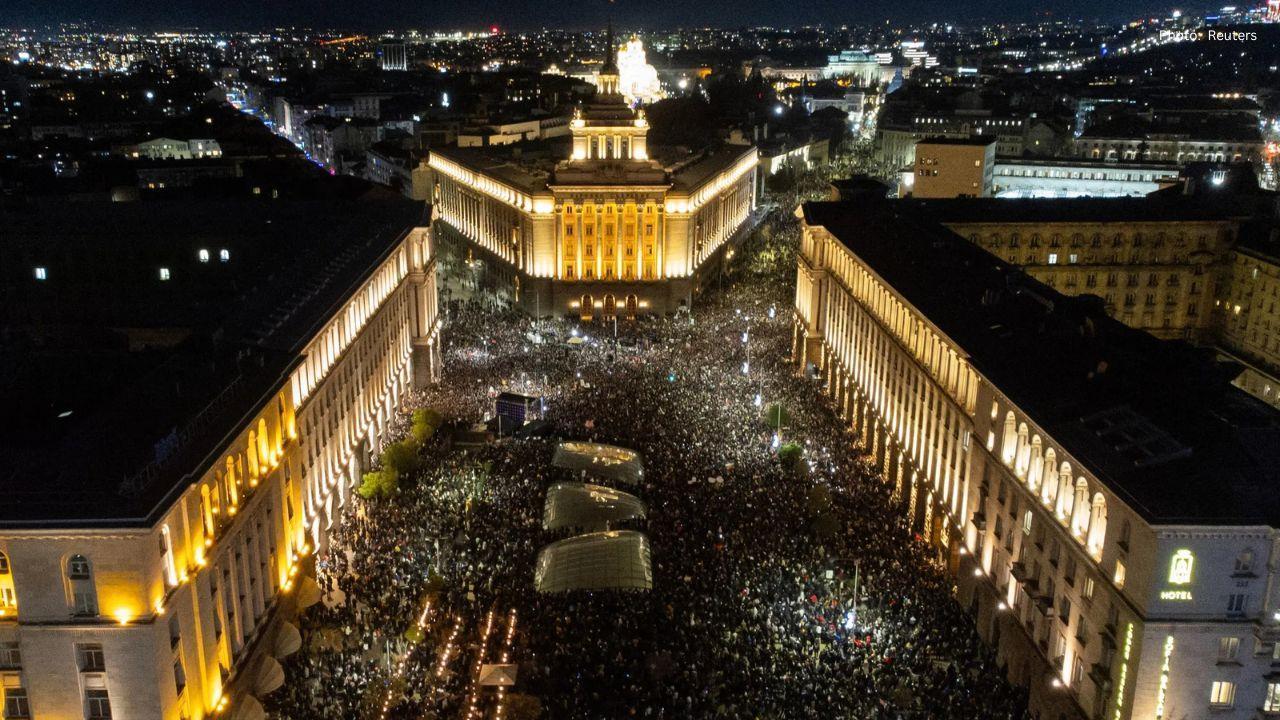
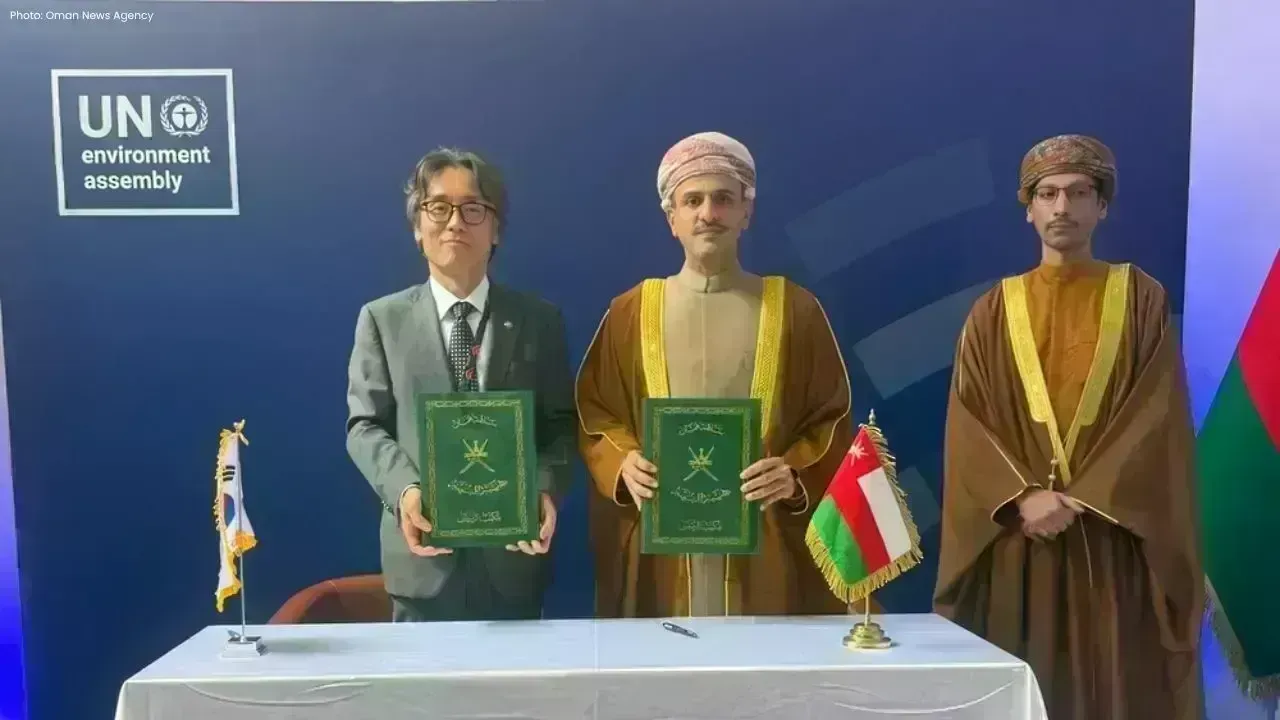
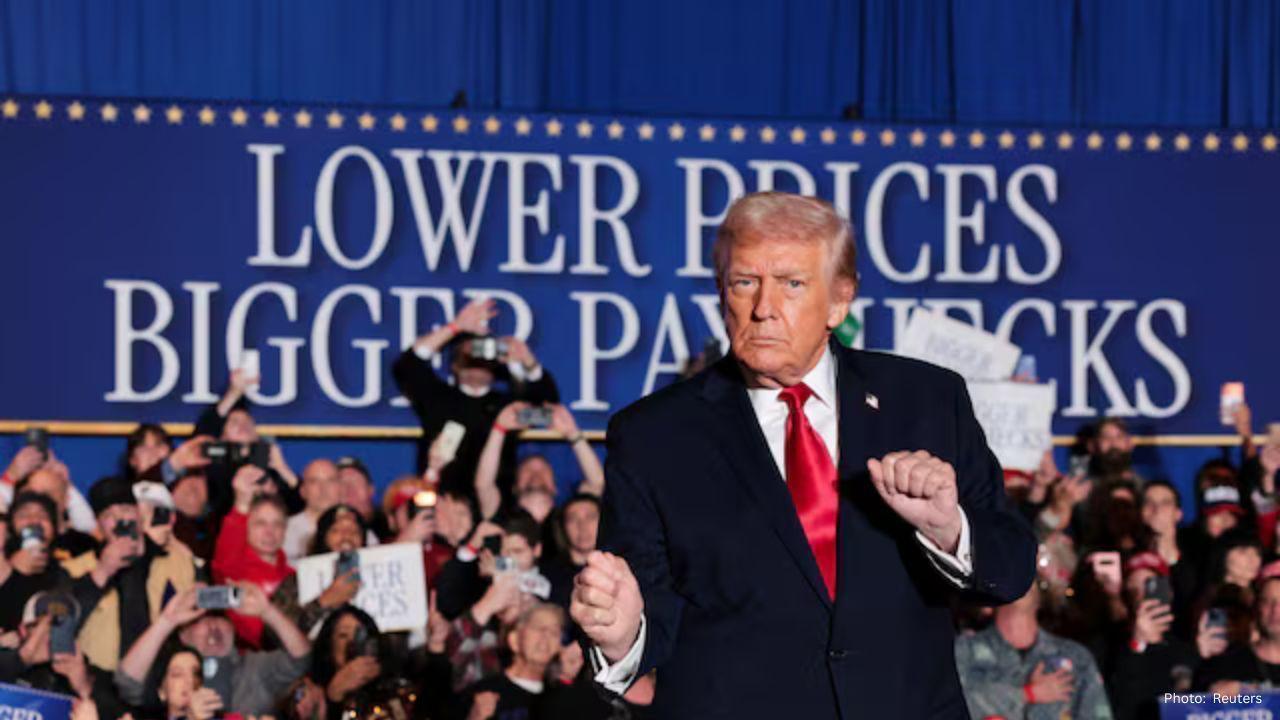
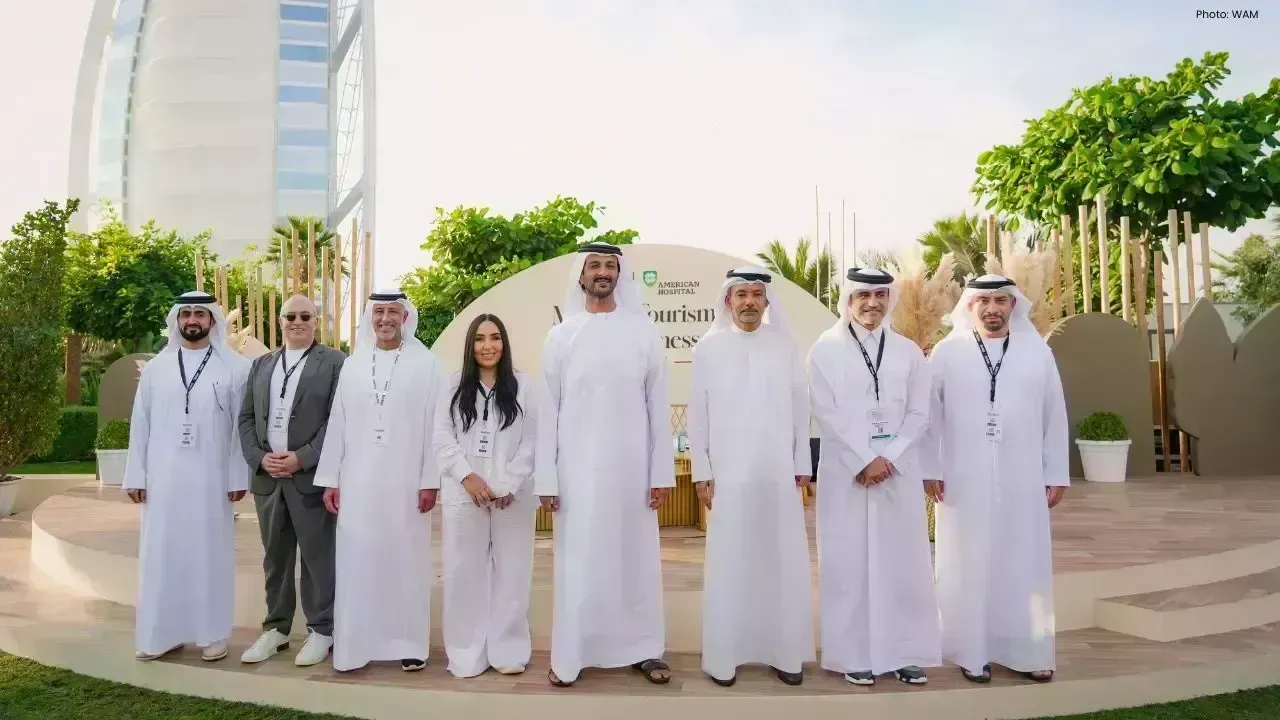
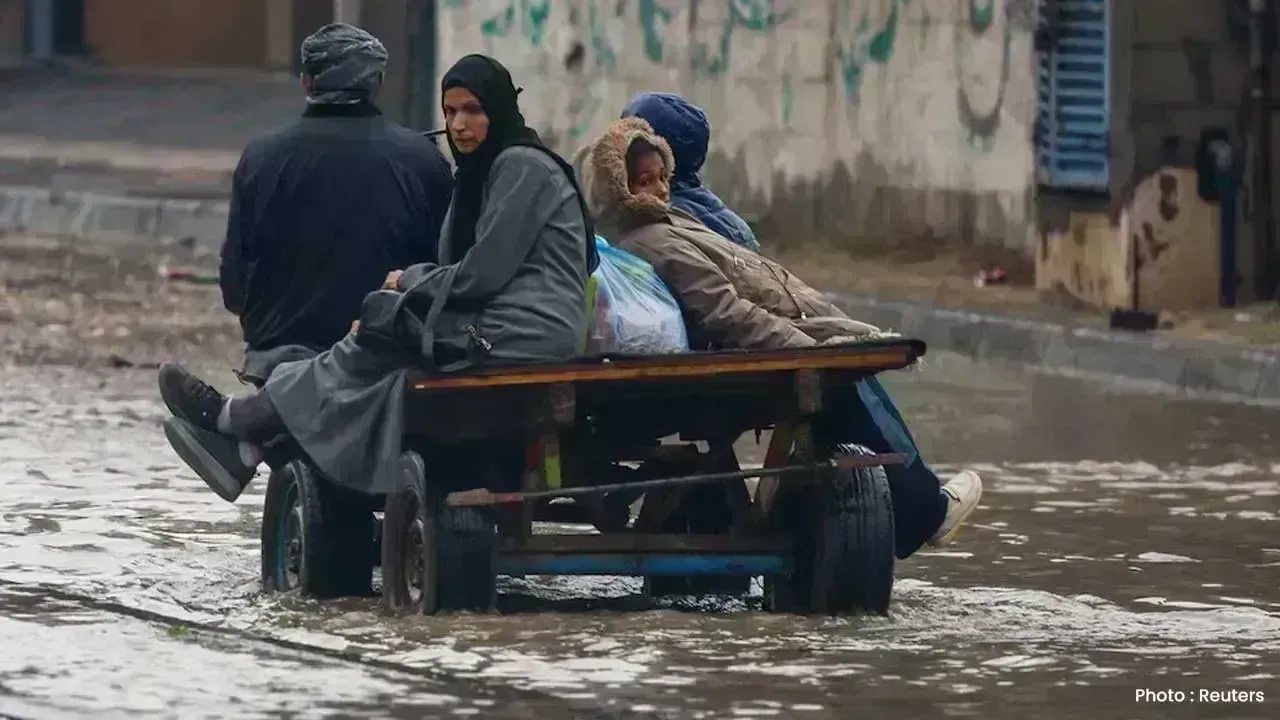
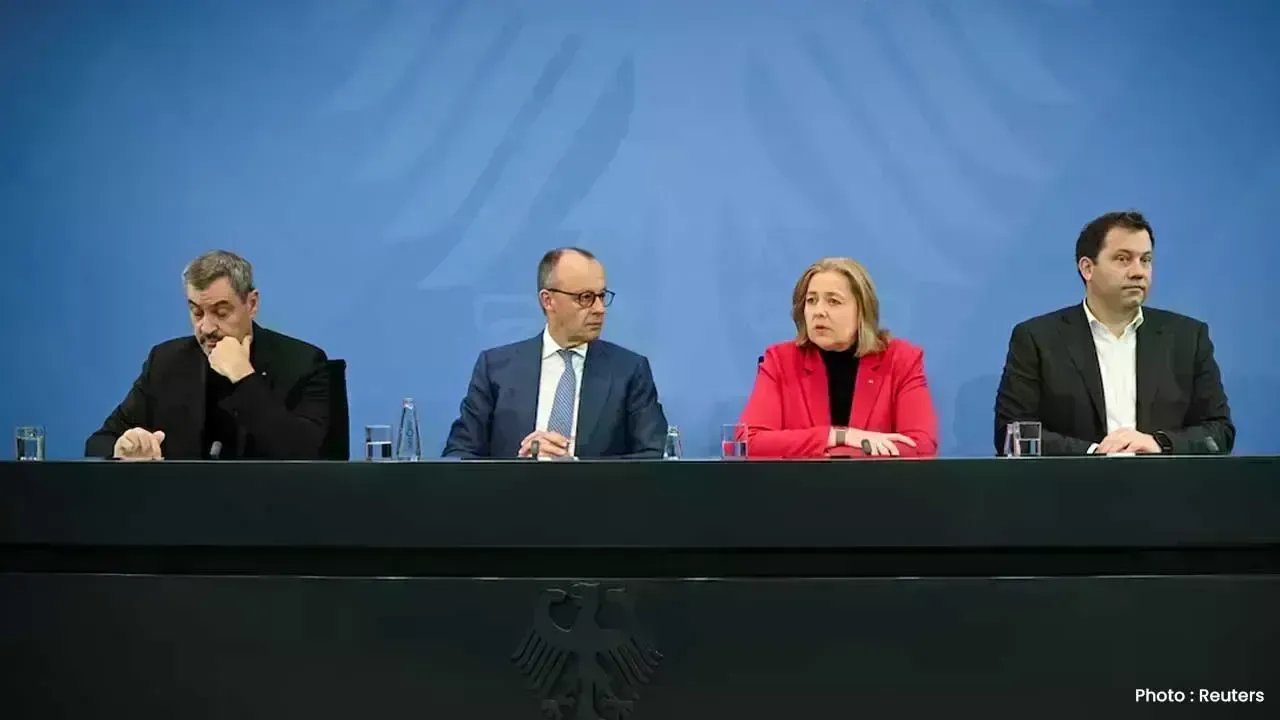
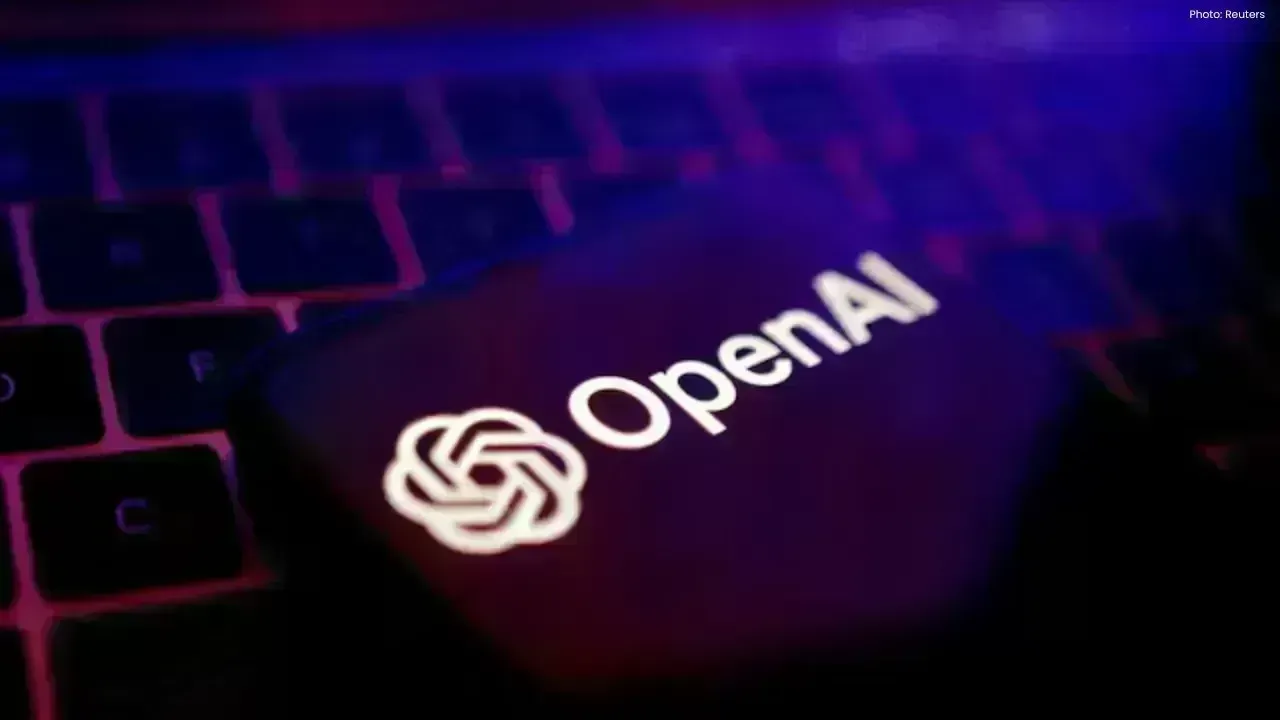
OpenAI Highlights Growing Cybersecurity Threats from Emerging AI Technologies
OpenAI has raised alarms about the increasing cyber risks from its upcoming AI models, emphasizing s

Manchester City Triumphs 2-1 Against Real Madrid, Alonso Faces Increased Scrutiny
Manchester City secured a 2-1 victory over Real Madrid, raising concerns for coach Xabi Alonso amid

Cristiano Ronaldo Leads Al Nassr to 4-2 Victory Over Al Wahda in Friendly Face-Off
Ronaldo's goal helped Al Nassr secure a 4-2 friendly win over Al Wahda, boosting anticipation for th
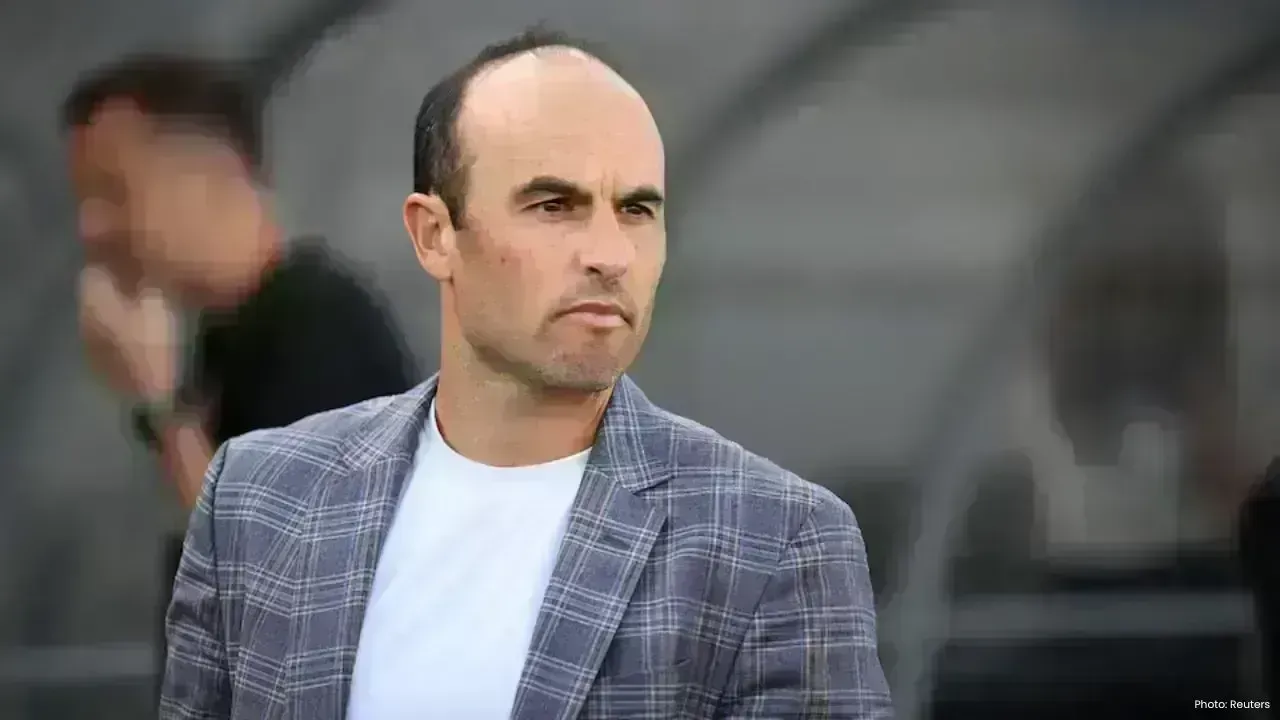
Landon Donovan Challenges Australia Coach on World Cup Prospects
Landon Donovan counters Australia coach Tony Popovic’s optimism for the World Cup, expecting an earl

Mercedes-Benz Forms Landmark Partnership with WTA
Mercedes-Benz and the WTA unveil a significant partnership effective January 2026, with major invest

Abhishek Addresses Divorce Rumours Concerning His Family
Abhishek Bachchan confirms that daughter Aaradhya remains oblivious to divorce speculations, focusin